Basalt Kitchen Countertops
Remodel_Mama
13 years ago
Featured Answer
Sort by:Oldest
Comments (29)
tanem
13 years agoRelated Professionals
Agoura Hills Kitchen & Bathroom Designers · Lafayette Kitchen & Bathroom Designers · Owasso Kitchen & Bathroom Designers · Salmon Creek Kitchen & Bathroom Designers · South Farmingdale Kitchen & Bathroom Designers · Wood River Kitchen & Bathroom Remodelers · Beverly Hills Kitchen & Bathroom Remodelers · Fort Washington Kitchen & Bathroom Remodelers · Lomita Kitchen & Bathroom Remodelers · Omaha Kitchen & Bathroom Remodelers · Payson Kitchen & Bathroom Remodelers · Hawthorne Kitchen & Bathroom Remodelers · Prospect Heights Cabinets & Cabinetry · Spring Valley Cabinets & Cabinetry · Wildomar Cabinets & Cabinetryelba1
13 years agokaismom
13 years agoisletwoisle
13 years agoelba1
13 years agorhome410
13 years agoelba1
13 years agorhome410
13 years agolittlesmokie
13 years agoisletwoisle
13 years agorhome410
13 years agoelba1
13 years agoisletwoisle
13 years agotanem
13 years agoelba1
13 years agoDiane Cook
7 years agofreeoscar
7 years agoisletwoisle
7 years agoDiane Cook
7 years agofreeoscar
7 years agoisletwoisle
7 years agoWahoowa
4 years agoisletwoisle
4 years agoWahoowa
4 years agoChristina
4 years agolast modified: 4 years agoisletwoisle
4 years agoHU-601283224
3 years agoWahoowa
3 years ago
Related Stories
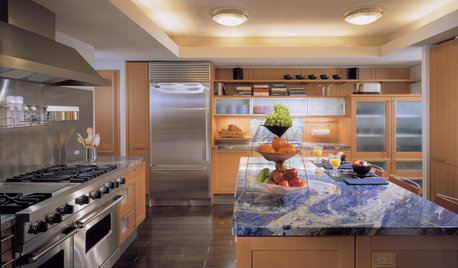
KITCHEN DESIGNAlternatives to Granite Countertops, Part II
Still looking for a new kind of countertop? Try sodalite, zinc, limestone, onyx and more
Full Story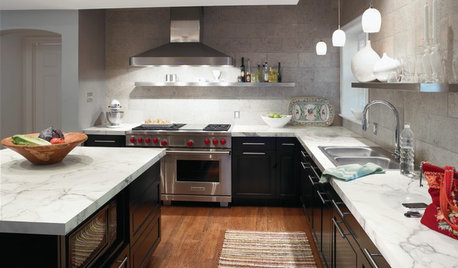
KITCHEN COUNTERTOPSKitchen Counters: Plastic Laminate Offers Options Aplenty
Whatever color or pattern your heart desires, this popular countertop material probably comes in it
Full Story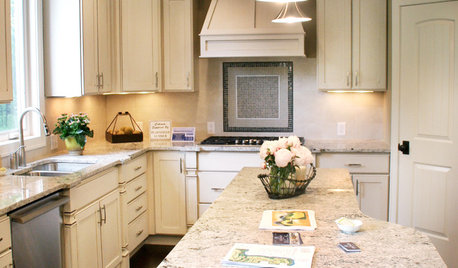
KITCHEN DESIGNKitchen Countertops 101: Choosing a Surface Material
Explore the pros and cons of 11 kitchen countertop materials. The options may surprise you
Full Story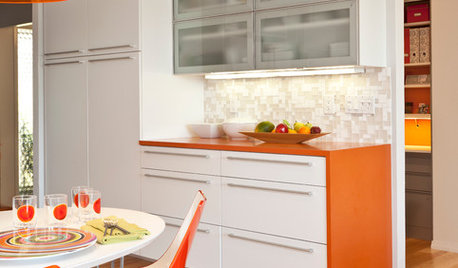
KITCHEN DESIGNCountertop and Backsplash: Making the Perfect Match
Zero in on a kitchen combo you'll love with these strategies and great countertop-backsplash mixes for inspiration
Full Story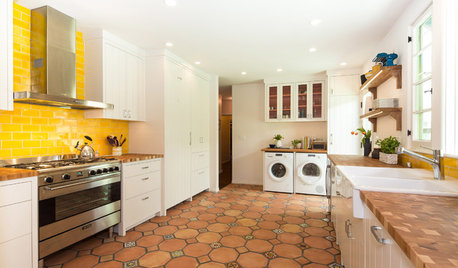
KITCHEN DESIGNNew This Week: 4 Surprising Backsplash and Countertop Pairings
Make your kitchen workspace stand out with colored ceramic tile, back-painted glass, butcher block and more
Full Story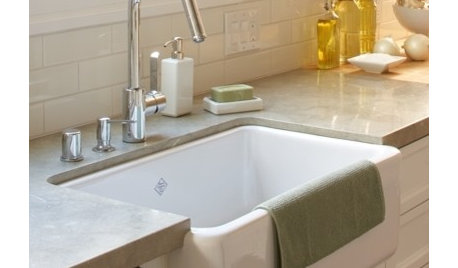
CONTRACTOR TIPSContractor Tips: Countertop Installation from Start to Finish
From counter templates to ongoing care, a professional contractor shares what you need to know
Full Story
KITCHEN COUNTERTOPS10 Top Backsplashes to Pair With Soapstone Countertops
Simplify your decision-making process by checking out how these styles work with soapstone
Full Story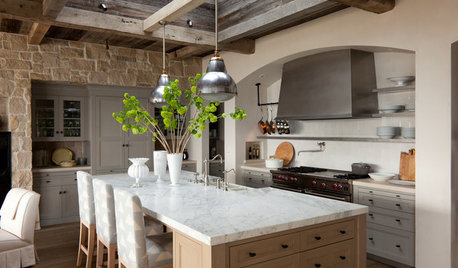
KITCHEN DESIGNHouzz Quiz: What Kitchen Countertop Is Right For You?
The options for kitchen countertops can seem endless. Take our quiz to help you narrow down your selection
Full Story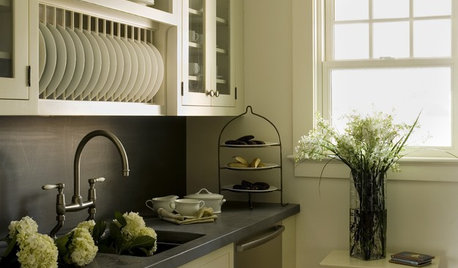
KITCHEN DESIGNThink Zinc for Kitchen Countertops
Adaptability is the hallmark of zinc for kitchen countertops, combining the durability of metal with the natural look of stone
Full Story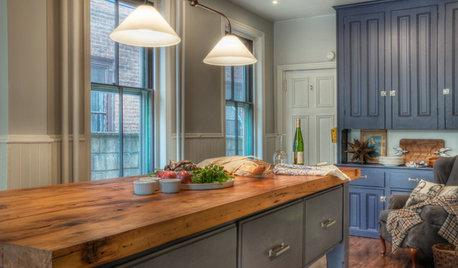
KITCHEN DESIGNEco-Friendly Materials: Kitchen Countertops
Going green in the kitchen opens the door to unusual countertop materials that are beautiful, durable and kind to the planet
Full StoryMore Discussions






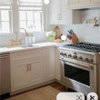
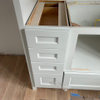
isletwoisle